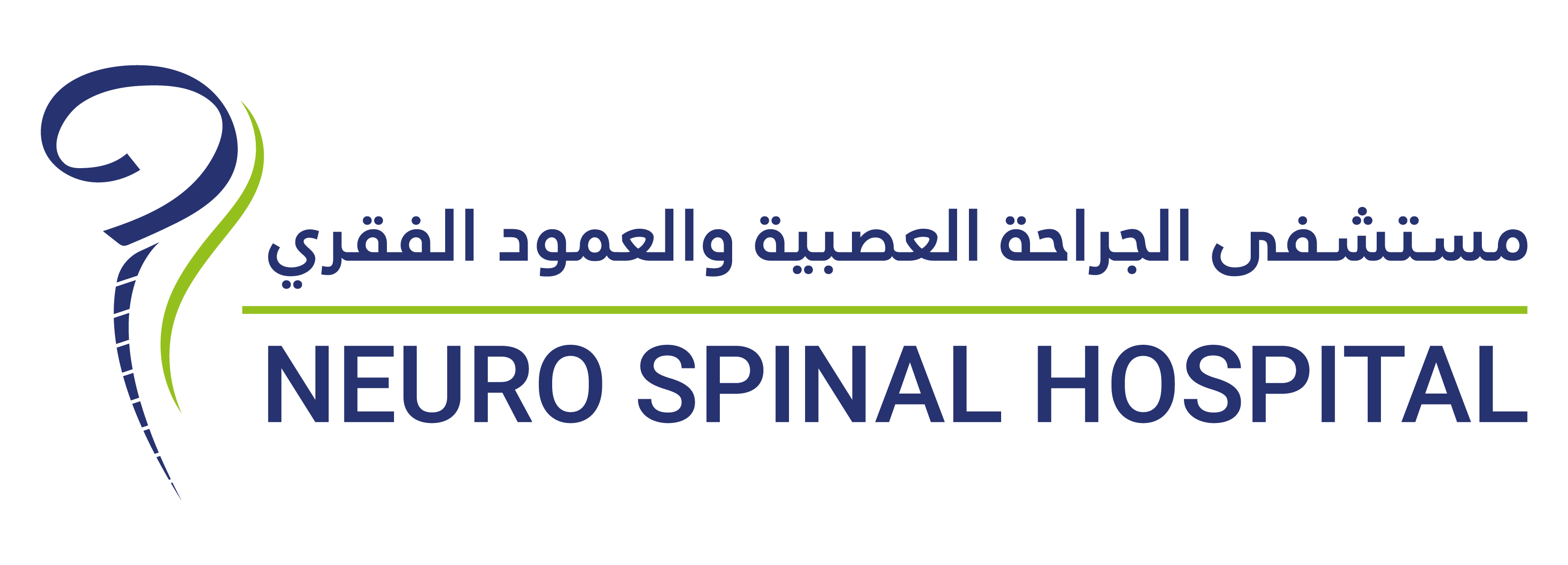Brain bleeds, regardless of location, usually happen suddenly. (However, some – for example, subdural hematomas – can take days to weeks before symptoms develop.)
Oxygen supply to the brain is affected by leaky or burst blood vessels or increased pressure on the brain as blood pools. This can cause brain damage and can be life-threatening. The seriousness and outcome of a brain bleed depends on its cause, location inside the skull, size of the bleed, the amount of time that passes between the bleed and treatment, as well as age and overall health.
Symptoms of a brain haemorrhage depend on the area of the brain involved, and can include:
- Sudden tingling, weakness, numbness, or paralysis of the face, arm or leg, particularly on one side of the body
- Headache (Sudden, severe “thunderclap” headache occurs with subarachnoid haemorrhage)
- Nausea and vomiting
- Confusion
- Dizziness
- Seizures
- Difficulty swallowing
- Loss of vision or difficulty seeing
- Loss of balance or coordination
- Stiff neck and sensitivity to light
- Abnormal or slurred speech
- Difficulty reading, writing or understanding speech
- Change in level of consciousness or alertness, lack of energy, sleepiness or coma
- Trouble breathing and abnormal heart rate (if bleed is in the brainstem)






